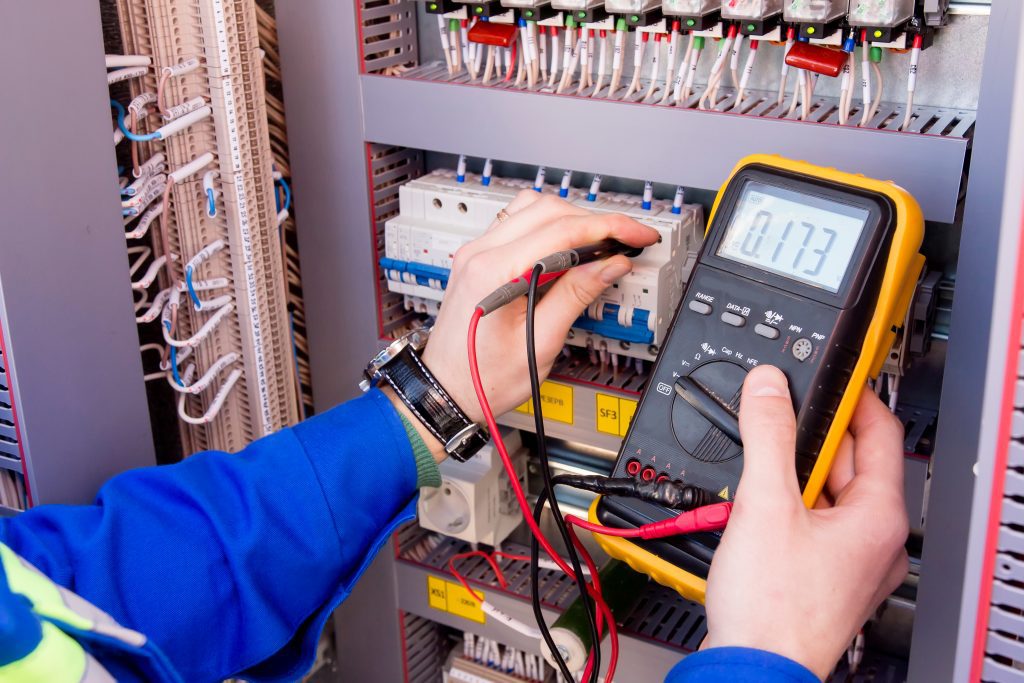From July of this year, there will be a new regulation that enforces mandatory electrical safety checks every five years in England. Set by the Government, these proposed regulations are applicable within the private rented sector – meaning those within property management must take note and be prepared for the changes that are being made.
On the 13th January 2020, the Electrical Safety Standards in the Private Rented Sector Regulations 2020 were laid out in Parliament. However, despite these proposals being laid out, they still require the approval of both the House of Lords and the House of Commons before they will effectively come into force.
New Requirements Coming Into Force
If you work within property management, you need to be aware of exactly what requirements are being made within these new electrical safety checks. Here are the key ones that you should know:
- Existing tenancies: by 1 April 2021 every existing tenancy will have to have an electrical safety test and regular tests carried out thereafter.
- From 1st July 2020: all new private English tenancies will need to have all electrical installations inspected and tested before a tenant moves in. Undertaken by a qualified electrician, these installations need to be up to code. The landlord who is responsible for the tenancy will then need to make sure that every five years this electrical installation is tested and inspected.
A qualified electrician is someone within the industry that is experienced at undertaking testing and inspection. They should also be able to investigate any issues and maintain electrical installations as laid out by the required electrical safety standards.
The above requirements will apply to the following types of properties:
- Private rented buildings – including HMOs (houses in multiple occupation) which will replace the current requirements laid out for HMOs. Tenants that share accommodations are excluded.
Is there a penalty?
If you do not undertake the mandatory electrical safety checks you may be liable to a penalty of up to £30,000 imposed by local authorities in your area. If you have failed to meet the regulations multiple times, you can be issued with multiple penalties.
Actions the Landlord Must Take
Once the testing of the electrical installation has been carried out, a landlord must do the following with an electrical safety report:
- Make sure that you have received a complete report following the inspection. This written report should include both the results of the inspection, along with the date in which the next one will be carried out.
- Have given a copy of this electrical safety report to each of the tenants within the property. This should be within 28 days of the inspection taking place.
- Within one week of the inspection being carried out, you should supply your local authority with a copy of it.
- Keep your own copy of the electrical safety report so that you are aware of the date of the next one. The next electrician undertaking the inspection might request to see this.
If you have any new tenants, as a landlord you must:
- Provide the new tenant with a copy of the most recent report within 28 days of the request.
- Provide a new tenant with it before they move in.
What Happens If There Are Any Faults?
If there are any faults or potential faults that have been identified within the electrical safety report, these will need to be remedied. Once a landlord notices these on the report, you must opt for further repairs or investigations by contacting a qualified electrician. This should be done within 28 days of the initial inspection. If it’s a major fault, however, this will need to be done sooner.
When these repairs or further investigations have been undertaken, the landlord needs to acquire a written confirmation of the work being done – along with the confirmation that the safety standards were met. When this confirmation is acquired, the landlord much supply every tenant within the property with a copy of it along with the original report within 28 days.
This process should be continuously repeated, until the time when the fault has been repaired and the electrical installation is compliant with safety requirements.
How Will A Breach Be Enforced?
In the case of a landlord breaching the electrical safety check requirements, the local authority is within their right to act. If there are any works that are considered as non-urgent, the local authority will provide the landlord with a remedial notice.
This notice must be served within 21 days. Once this is given, the landlord will have 28 days from the date of receiving it to act on it. If they disagree with the request, a written notice must be given to the local authority within 21 days of receiving it. In this case, the notice will be suspended and they will have to wait for the local authority to respond within 7 days. If they confirm the notice, the landlord will have 21 days to comply.
What Happens if the Tenant Refuses?
If the tenants within the property refuse the landlord access to complete works, it will not be considered as a fault of the landlord. If they do not pursue it, the local authority will have to access the property after asking the tenant’s permission. Throughout this process, the local authority will keep the landlord in the loop – giving them a notice of seven days. If the landlord disagrees, they can then take the case to a First-tier Tribunal.
Do you want to get a free valuation on your property? To get guaranteed rent, contact Smart Space Property today.






















